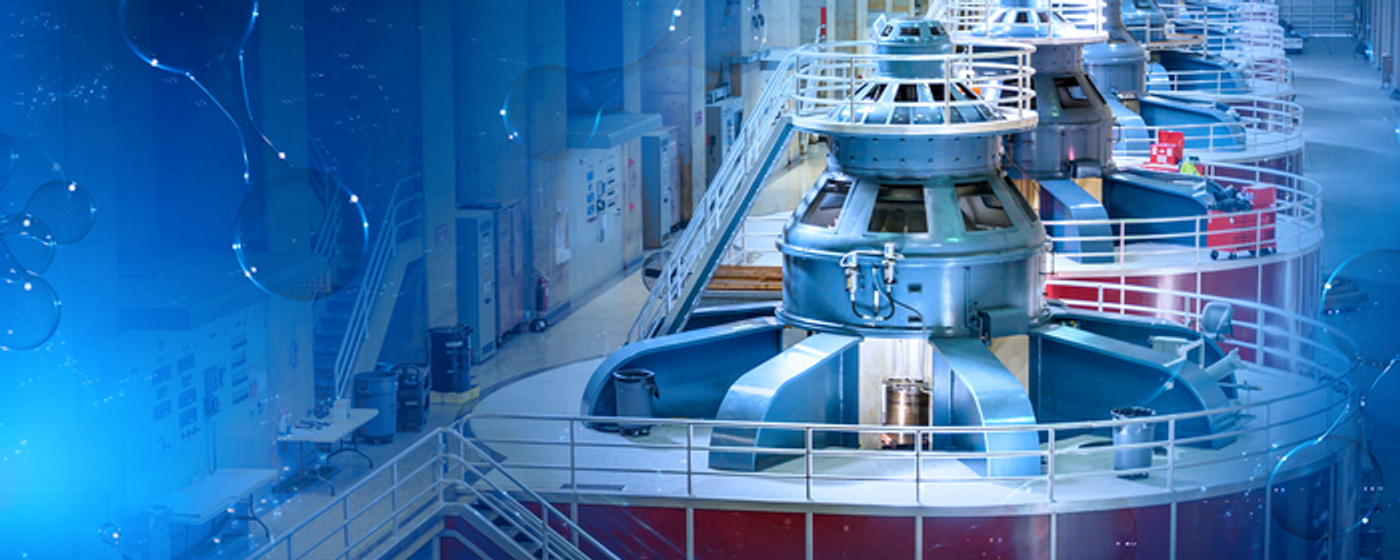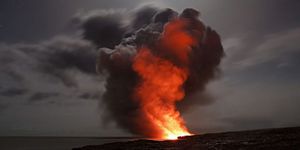Combining Hydrogen Generation and Hydropower for a Cleaner Future
The electrical power utility, Idaho Power, has recently teamed up with the Pacific Northwest National Laboratory (PNNL) and the Idaho National Laboratory (INL) to investigate the benefits and practicalities of producing hydrogen at current hydropower plants. This collaboration holds the potential to help stabilize energy storage grids and reduce carbon production throughout Idaho.
Composite image of hydroelectric power generators at the Hoover Dam. (Credit: Idaho National Laboratory)
“INL and PNNL will evaluate the coupling of electrolytic hydrogen production technologies with hydropower plants to identify scenarios that could help Idaho Power achieve its goal of providing 100% clean energy by 2045,” said Brett Dumas, who is the director of environmental affairs at Idaho Power.
This collaboration will take advantage of Idaho Power’s 17 hydroelectric power plants by maximizing their clean energy production. As part of the project, researchers from both PNNL and INL will examine how excess oxygen produced by the hydrogen generation process could replenish oxygen hydropower plant rivers, as well.
“Idaho Power is already seeing positive results from adding oxygen into the water flowing out of Brownlee Dam in Hells Canyon,” said Dumas.
PNNL and INL researchers also plan on using the Hydrogen Energy Storage Evaluation Tool to assess implementation of the correct types of technologies to attain the best results.
“While hydropower and hydrogen both offer immense economic and environmental benefits on their own, combining their use in one application offers new opportunities for enhancing grid stability, improving environmental outcomes and creating a cleaner energy economy,” said Daniel Wendt, who is both the principal investigator and a researcher on the collaborative project.
Hydropower, also called hydroelectric power, is a renewable energy source that offers a plethora of benefits to the environment in the fight against climate change. These include flexibility by allowing hydropower facilities to rapidly go from zero to maximum energy output, along with providing flood and irrigation control, as well as clean drinking water.
What new discoveries will researchers make about hydropower in the coming years and decades? Only time will tell, and this is why we science!
Sources: Idaho National Laboratory, U.S. Department of Energy
As always, keep doing science & keep looking up!









